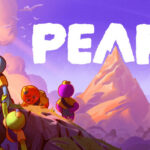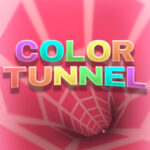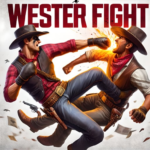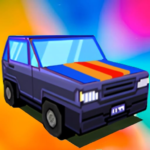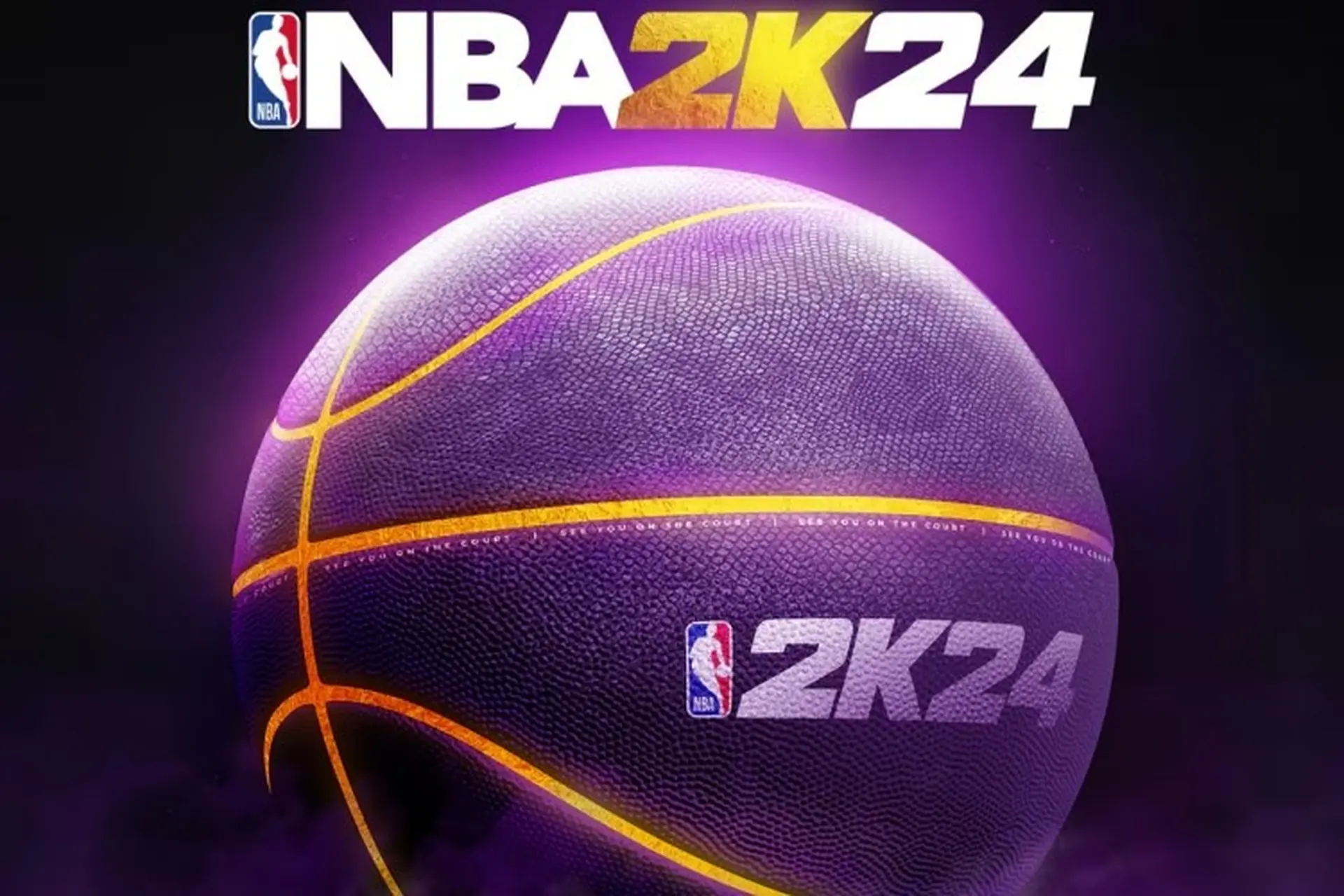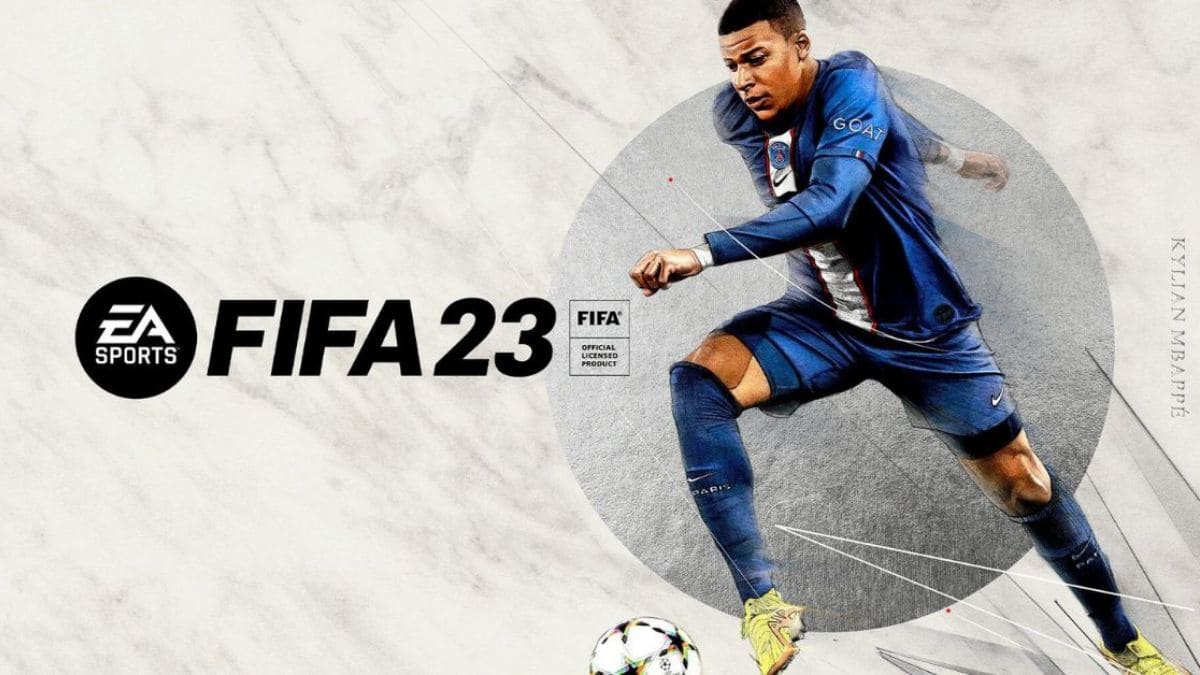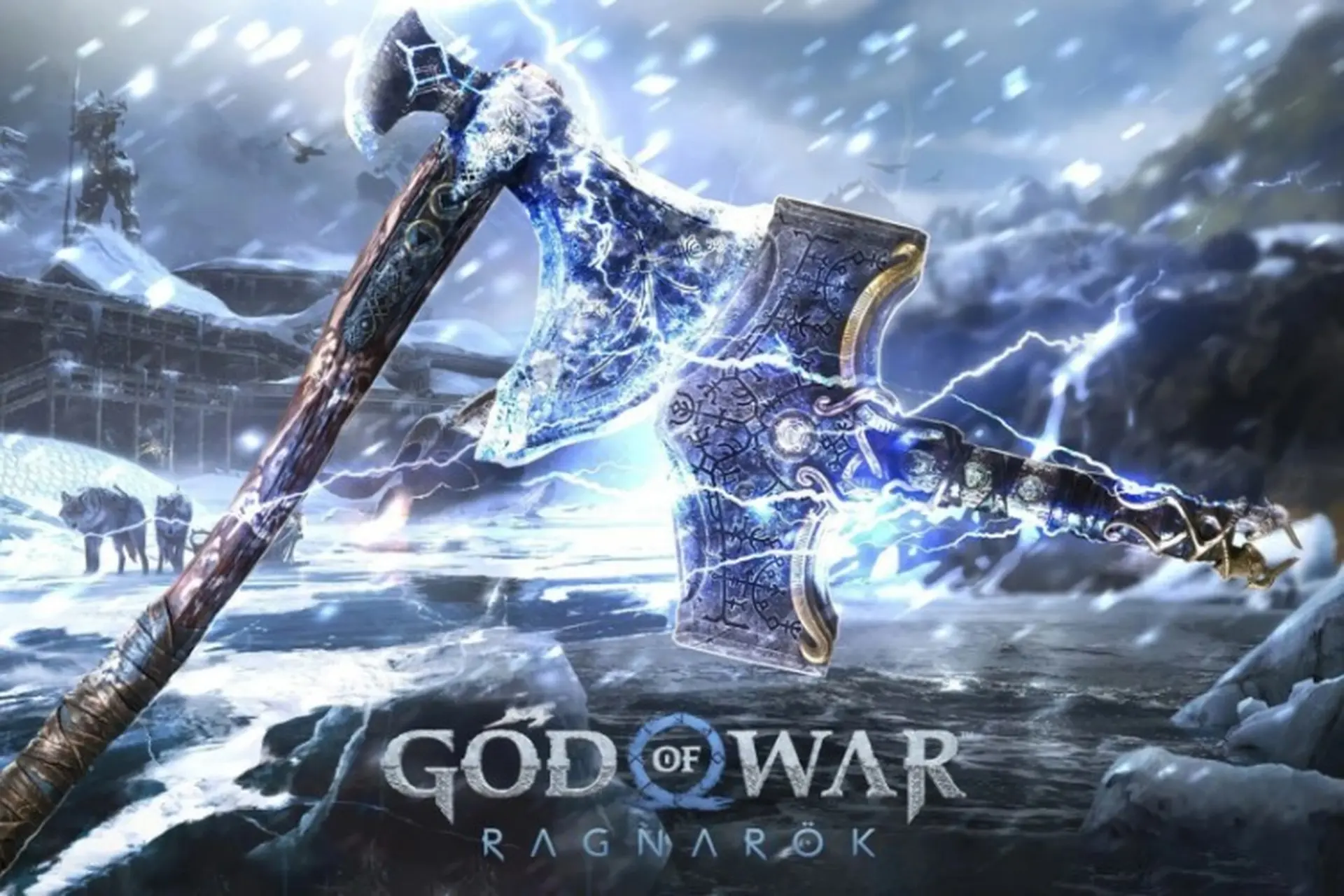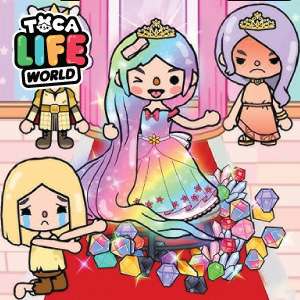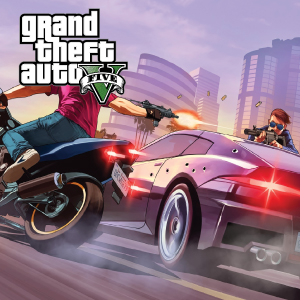Introduction
In the crowded world of mobile games, Geometry Dash has carved out a legacy that few titles can match. First released in 2013 by Swedish developer Robert Topala under his studio RobTop Games, Geometry Dash took the gaming world by storm with its deceptively simple premise: jump and fly your way through dangerous passages and spiky obstacles, all synced to intense rhythmic music.
What began as a single level-based game with basic shapes evolved into a massive platform for creativity, competitive speedrunning, and intense difficulty challenges. Combining elements of rhythm games, platformers, and level creation tools, Geometry Dash stands out as one of the most iconic indie mobile games of the decade.
The Origins of Geometry Dash
Released on August 13, 2013, Geometry Dash entered a mobile market dominated by endless runners and casual games. However, unlike those titles, Geometry Dash demanded precision, patience, and musical timing. Its core gameplay mechanic—tap to jump, hold to fly—was paired with dynamic soundtracks that guided the player through each perilous level.
The original version launched with just 7 official levels, but its smooth controls, challenging progression, and eye-catching neon visuals quickly made it a cult hit. The game gained traction organically through word-of-mouth and YouTube creators showcasing their gameplay and frustrations.
H3: Early Gameplay Experience
-
One-touch control
-
Instant restart upon failure
-
Electro-style soundtrack and high-speed pacing
Pros:
-
Addictive challenge
-
Minimalist but effective graphics
-
Unique rhythm-based gameplay
Cons:
-
Very steep learning curve for beginners
-
No real tutorials for new players
Rating (Initial Launch): 8.6/10
Core Mechanics and Game Design Philosophy
At its heart, Geometry Dash is a rhythm-based platformer. Each level is designed to follow the beat of the music, and players must master both timing and memory. There are no enemies, no power-ups—just you, your reflexes, and an unforgiving environment.
The controls are intuitive—tap to jump, hold to fly, and maneuver your square icon through increasingly complex obstacles. The instant respawn mechanic makes failure feel less frustrating and encourages players to learn through repetition.
H4: Gameplay Modes
-
Normal Mode: Play levels from start to finish
-
Practice Mode: Use checkpoints to practice sections
-
Creator Mode: Build and share custom levels
Pros:
-
Easy to learn, hard to master
-
Perfect sync between gameplay and music
Cons:
-
Progression halts sharply with difficulty spikes
-
Repetitive at times without variation in objectives
Rating: 9.0/10
Evolution of Official Levels and Updates
Since its release, Geometry Dash has received several major updates. Each introduced new gameplay mechanics—like portals that change gravity, size, speed, or control scheme—and additional official levels.
Version 2.0, released in 2015, was a game-changer. It added features like dual mode, robot character, and green orbs, significantly increasing level variety. As of version 2.2 (in development for years), the community is eagerly awaiting massive overhauls and new editor capabilities.
Key Update Highlights:
-
1.9 (2014): Introduced custom songs
-
2.0 (2015): Introduced new icons, features, and levels
-
2.1 (2017): Added “Spider” gameplay and quests
Pros:
-
Regular content and mechanic updates
-
Keeps gameplay fresh and evolving
Cons:
-
Long waits between major updates
-
Backward compatibility for older devices issues
Rating: 8.8/10
The Level Editor and Community Creativity
Perhaps the most revolutionary feature in Geometry Dash is its Level Editor. This in-game tool allows players to design their own levels, complete with custom music, mechanics, effects, and scenery. The editor is both powerful and complex, giving rise to a thriving community of creators.
Some community-made levels rival or surpass the official ones in terms of complexity and beauty. The best of these are featured in-game with “Epic” or “Featured” tags, and players gain in-game currency and stars by completing them.
Popular Community Creators:
-
Viprin
-
Serponge
-
Knobbelboy
-
GD Colon
Pros:
-
Endless replay value
-
Encourages digital creativity and design skills
Cons:
-
Editor has a learning curve
-
Inconsistent level quality due to open submissions
Rating: 9.5/10
Music and Rhythm Integration
The music of Geometry Dash is more than background noise—it's the spine of the experience. Levels are crafted to match every beat, drop, and transition. RobTop partners with artists from Newgrounds to feature their electronic, dubstep, and chiptune tracks.
Songs like "Stereo Madness" by ForeverBound or "Back on Track" by DJVI are iconic, having become synonymous with Geometry Dash. In custom levels, creators often sync gameplay to tracks by artists like Xtrullor, F-777, or Dimrain47.
H4: Impact of Music
-
Enhances immersion
-
Trains auditory timing and reflexes
-
Boosts emotional pacing and stress
Pros:
-
Fantastic audio design
-
Highlights indie musicians
Cons:
-
Repetitive for players stuck on a level
-
No built-in music shuffle or randomizer
Rating: 9.4/10
Difficulty, Learning Curve, and Skill Progression
One of the defining traits of Geometry Dash is its brutal difficulty, which ranges from manageable to nearly impossible. The game uses a star rating system and labels such as Easy, Hard, Insane, and Demon to indicate challenge level.
Progression is skill-based. To beat the hardest levels—especially Demon-rated ones—players need muscle memory, rhythmic timing, and pixel-perfect accuracy. Some players spend weeks mastering a single level.
H4: Difficulty Tiers
-
Easy (1–2 stars): Beginner-friendly
-
Hard/Insane (4–6 stars): Demanding focus
-
Demon (10 stars): Elite-level challenge
Pros:
-
Rewarding sense of accomplishment
-
Develops patience, focus, and timing
Cons:
-
Can frustrate new players
-
Difficulty spikes feel punishing
Rating: 8.7/10
Achievements, Currency, and Unlockables
To add progression, Geometry Dash includes coins, stars, orbs, and diamonds—in-game currencies used to unlock icons, trails, ships, and more. Secret levels, vaults, and daily quests reward players for consistency.
There are also hidden Easter eggs like The Vault of Secrets, The Chamber of Time, and The Basement—each containing challenges or riddles to solve. These systems add an element of mystery and long-term engagement.
H4: Rewards and Unlockables
-
200+ unlockable icons
-
Achievements tied to performance
-
Daily chests and challenges
Pros:
-
Keeps players engaged
-
Adds variety beyond level completion
Cons:
-
Some collectibles are nearly impossible to get
-
Few meaningful gameplay impacts
Rating: 8.5/10
Competitive Scene and Community Events
While Geometry Dash lacks traditional multiplayer features, it has inspired a competitive speedrunning and challenge community. Players compete for world records, fastest completions, or first completions of extreme Demon levels.
The community also hosts level design contests, such as the RobTop-hosted Level Creator Contest or Viprin’s Build Battles. YouTube channels and Discord servers function as hubs for collaboration and rivalry.
Pros:
-
Inspires dedication and skill mastery
-
Strong peer support for players and creators
Cons:
-
No official tournaments or leaderboards
-
Toxicity in some elite communities
Rating: 8.6/10
Geometry Dash Spin-Offs and Future Expectations
RobTop expanded the Geometry Dash universe with spin-offs like:
-
Geometry Dash Lite – Free version with fewer levels
-
Geometry Dash Meltdown, World, SubZero – Shorter themed games introducing new mechanics
These spin-offs keep the brand relevant and introduce newer players to its rhythm-based formula. Meanwhile, Geometry Dash 2.2, the long-awaited update, promises features like camera control, platforming segments, and touch UI improvements.
Community Wishlist for Future Updates:
-
Full multiplayer support
-
Advanced search filters in level browser
-
More character customization
Pros:
-
Expanding universe with varied content
-
Developer remains active
Cons:
-
Long delay between major updates
-
Some spin-offs feel like teasers more than full games
Rating: 8.3/10
Pros and Cons Summary
Pros:
-
Addictive rhythm-based gameplay
-
Deep creative tools for custom levels
-
Thriving global community
-
Great soundtrack and audio integration
-
Frequent user-generated content
Cons:
-
Can be extremely difficult
-
Long update delays
-
Limited multiplayer or co-op functionality
Conclusion
Geometry Dash is a game that defies expectations. What began as a simple one-tap platformer has transformed into a global creative platform, a challenge for competitive players, and a learning ground for music-based timing. Its longevity stems not from frequent updates but from the passion of its community, the brilliance of its design, and the endless possibilities of its level editor.
For anyone who enjoys mastering tough games, designing unique levels, or simply syncing up with a great soundtrack, Geometry Dash delivers an experience that’s as punishing as it is rewarding.
Final Expert Rating: 9.3/10 — Geometry Dash is a legendary mobile game that continues to evolve and inspire. A must-play for fans of rhythm, creativity, and challenge.














